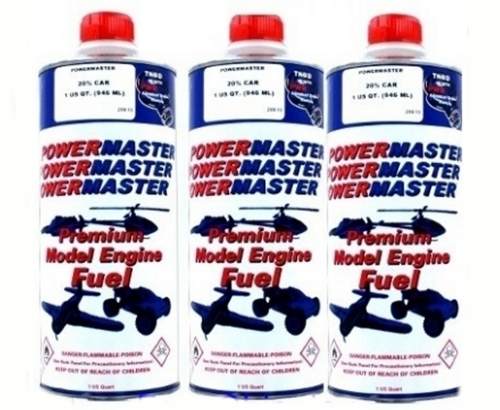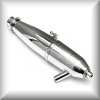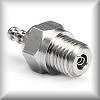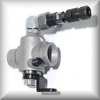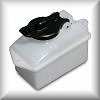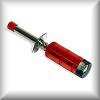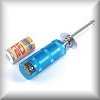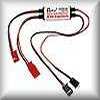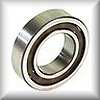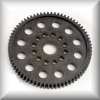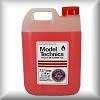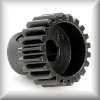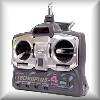The Importance of Maintaining your Fuel System
Nitro engines need a regulated constant supply of fuel to run efficiently. If this supply is restricted or contaminated in any way, the engine will show problems in a number of ways.
Troubleshooting Fuel Problems
If your engine is running hotter than normal, begins to stutter, has trouble idling or won't even start, your first instinct would be that it is running lean, but when you try to make adjustments, it has no effect. The reasons for your problem could be a number of things, but the most likely is a fuel or fuel line problem.
First of all visually inspect the fuel system. Check the fuel line for any kinks or tight bends that could restrict free flow. If you do find any kinks or any damage to the line, I would recommend changing it rather than trying to simply straighten it out or repairing it in any way. Any leaks you find in the system must be dealt with, if you can, replace the parts.
If the line looks okay, disconnect it and check for any blockages. Clean and flush it out if you can, or if necessary replace it. If your system has a fuel filter, clean or replace it.
Check the Fuel Tank
If the fuel cap or the tank has been damaged in some way, this could allow contamination or debris to enter the system. If damage is found, don't risk it, change the tank.
If the tank looks undamaged, drain it and refill with fuel. However, before you do this, check your manual to make sure that you are using the right type of fuel for your engine. If in any doubt, don't be afraid to ask someone.
Make sure the fuel line is the correct size. If too small, it will not be capable of supplying the amount of fuel the engine requires. If the line is too large it could be impossible to reduce the flow enough for the engines needs and be constantly running rich.
Be Wary of Second Hand Engines
Second hand engines can often have had changes made by the previous owner that could be causing your problems. If after carrying out all the recommendations in this article, check the manufacturers' website for any details on recommended fuel and fuel system.
|




